Posted on May 4, 2022
Updated on March 9, 2023
4 min read time
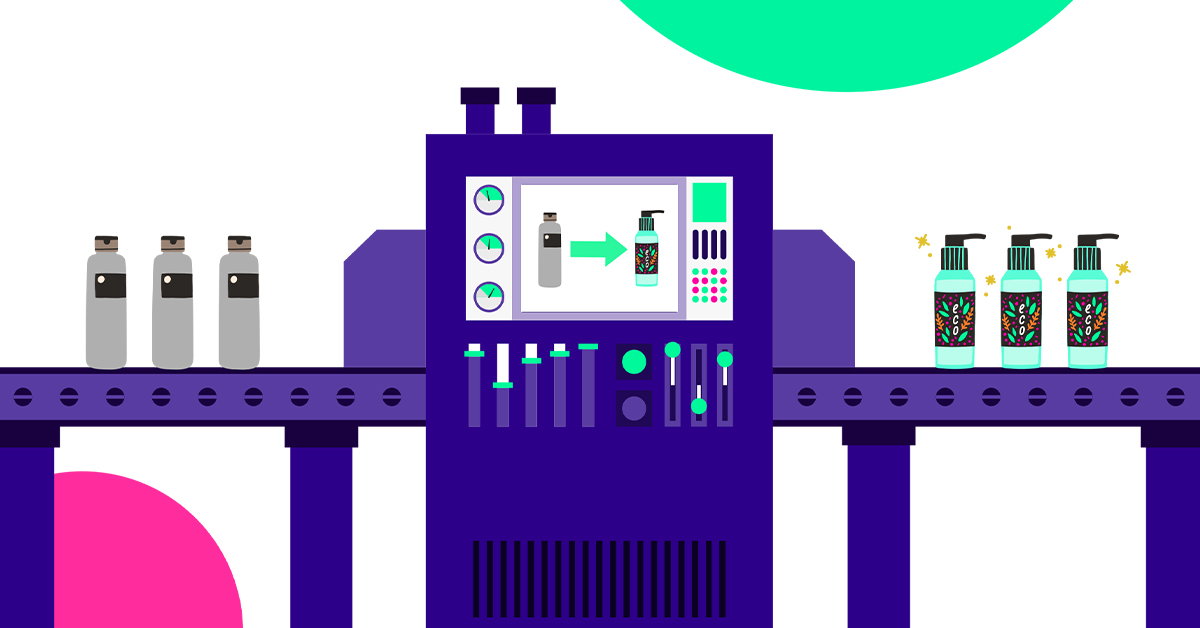
In this day and age, everyone is looking to build something premium. But does every product have what it takes to be seen as special and unique in the eyes of its consumers?
There’s no one-size-fits-all approach and retrofitting the actions of other brands can be more harmful in the long run, as this can alienate your existing customer base.
In this blog, we’ll take you through the steps to premiumization, so you can transform your brand from ordinary to extraordinary.
Before jumping into the strategy behind premiumization, it’s important to understand the barriers.
Scale/volume
When building a premium brand, you should consider the scale and volume of the product you will be selling. You’ll need to determine whether you are able to sell enough of this product to generate a profit. This will be brands using a ‘scarcity pricing model’ (those that sell limited edition products to generate hype). In this case, the brand will need to ensure they are selling enough of this product to cover the cost of development and to generate a profit.
Income/affordability
When building a premium brand, many jump right to pricing, often believing a high price will make their brand appear more premium. This is not always the case.
A better first step would be to analyze your target audience to understand what they are looking for and to see what they can afford to pay. After this, you can adjust your costing to ensure your offering aligns best with their needs, and to prevent the production of unaffordable products that may go to waste.
When it comes to premiumization, the requirements and expectations will differ from category to category. There definitely isn’t a ‘one-size-fits-all’ solution. That’s why we’ve looked into a variety of categories to identify what the most common actions are for brands to take within each market to help them make the move towards premiumization.
It’s been neuroscientifically proven that there are 16 different Drivers which define the relationship between a brand and its consumer – ranging from the emotional (like a brand’s empathy) to the rational (a brand’s consistency). Grow these Drivers and you’ll also grow your connection with your consumers.
We’ll be using this framework to dive deeper into these premium brands. After understanding which actions impact which Drivers, you’ll be better equipped to create your own strategy of premiumization.
Building a premium brand through Pricing:
A big consideration and probably the most thought of aspect for premium brands is pricing. A lot of the time people associate a high price with a premium brand, but this isn’t always the case. What’s more important is the value people associate with these brands and whether they believe it’s worth the price - be it high or low.
McDonald’s is a good example of a brand that's lower in price but is also considered a ‘premium player’ within the fast-food category. This is due to the brand’s ability to deliver endless value to their consumers – the kind of value that spans across audiences, breaching age ranges and demographics. By focusing on the Consistency and Performance Drivers – ensuring each meal is both deliciously tasty (Performance) and tastes the same each time (Consistency) - Mcdonald’s has elevated its offering above other fast-food chains.
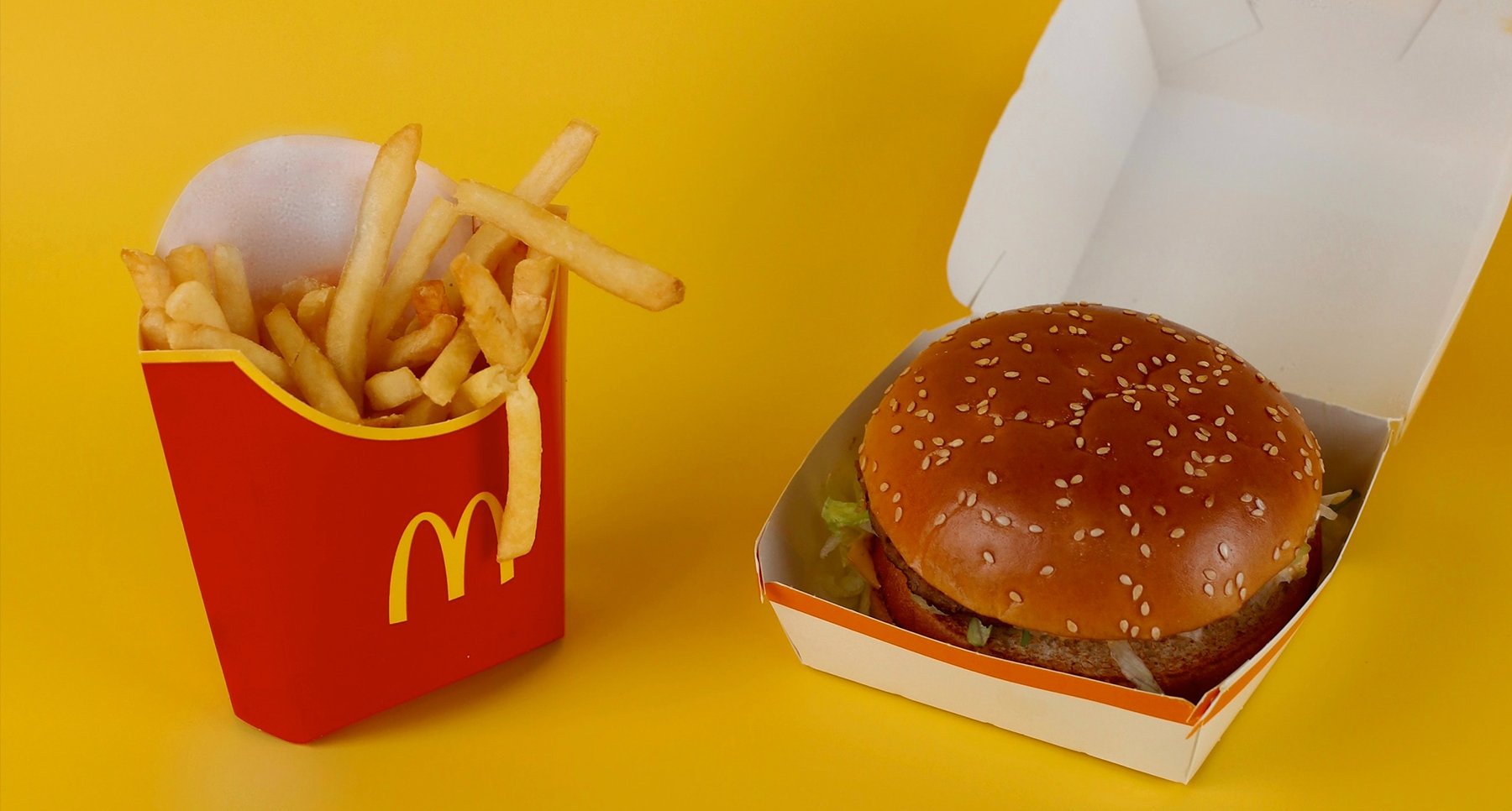
Building a premium brand through Packaging:
Another way for brands to build a premium offering is through their packaging. Packaging has the power to enhance the overall buying experience for consumers and can create the illusion of a more premium product.
Apple is a great example of a brand that’s used packaging to enhance their overall product experience. The brand can charge a premium for their products because they’ve chosen to focus on the unboxing experience. They’ve created something entirely unique - making unboxing a delight for consumers through minimalist packaging and a clean, consistent experience. This sets them apart from other tech brands in the industry and activates the Aspiration Driver. Because the packaging is so memorable and unique, it adds an air of exclusivity and prestige to the brand, elevating its status.
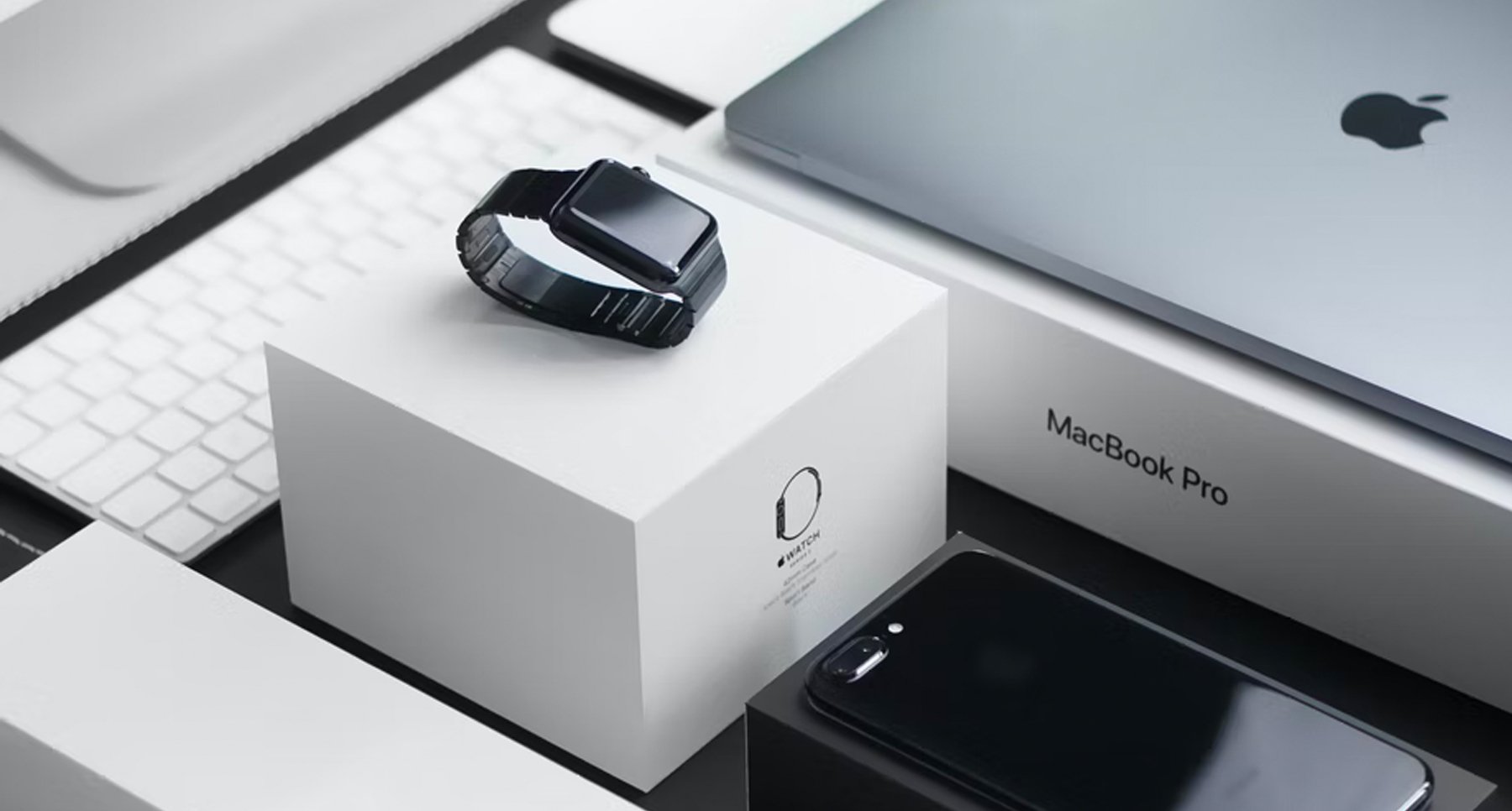
Building a premium brand through Distribution:
The accessibility of your brand can impact how premium your brand is considered to be. Often, premium brands use exclusivity to generate hype around their product. This can be done through price, location, limiting supply or creating barriers to make it harder for consumers to possess these items. These techniques make the brand seem less attainable and therefore more desirable or premium by comparison.
An example of this is Starbucks, who releases seasonal and limited-edition products. By launching a new product for a limited period of time only, the brand creates a sense of urgency and plays on the consumer pain-point of the 'fear of missing out'.
Currently, they have launched the Forget-me-not Frappe, which has blown up on Tik Tok and generated buzz and excitement around the brand.
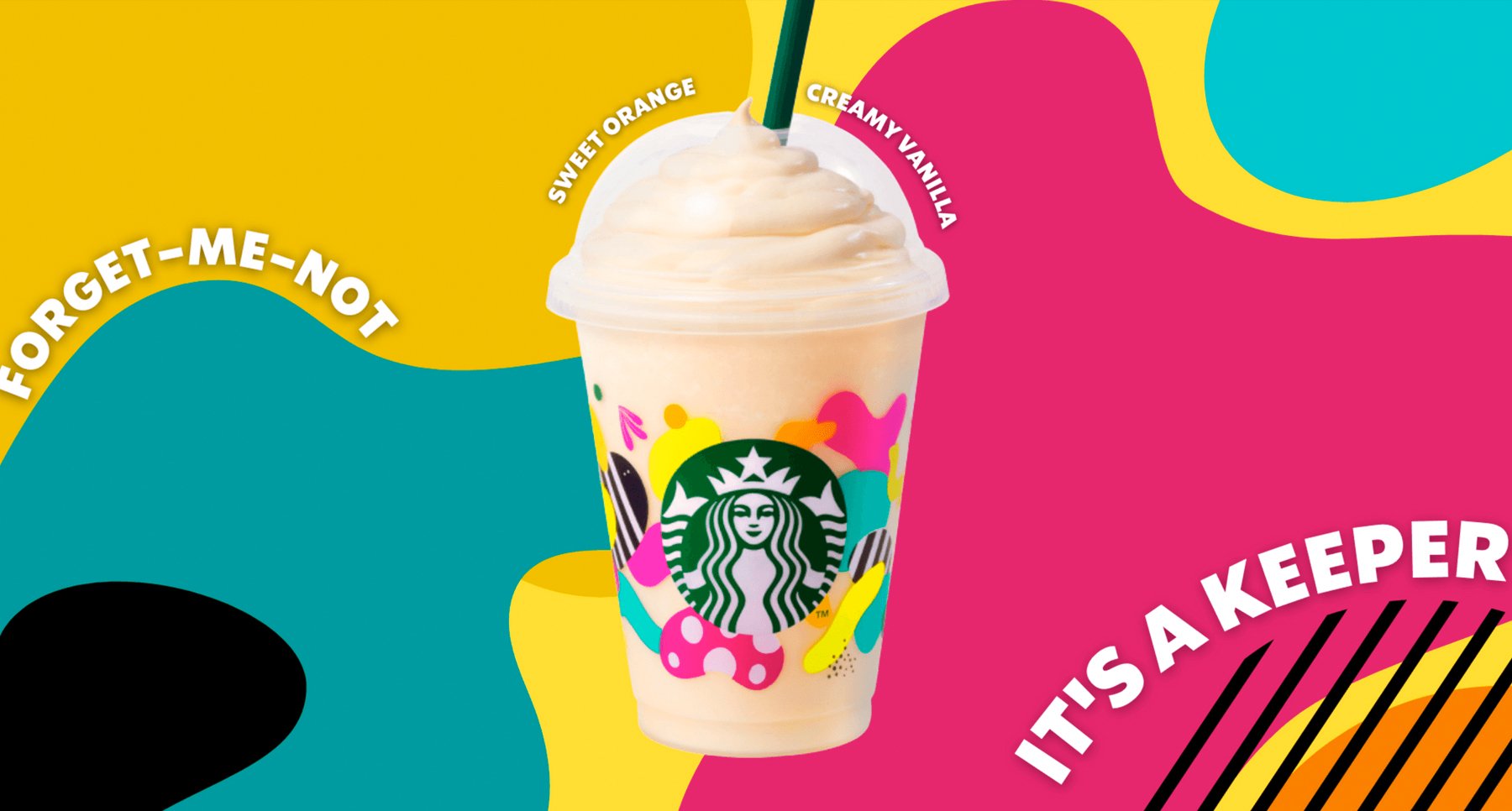
Building a premium brand through Communication:
Often, brands can use communication to connect with their consumers in a way that makes them seem more premium. Brands that make an effort to show they understand their consumers’ wants and needs, activate the Empathy Driver and have a higher chance of forming stronger relationships over time.
An example of a brand that uses communication well to connect with their audience is Oatly. They utilize humour and transparency through a playful boundary-pushing tone of voice, as a way to connect with their audience. Through this, the brand has established itself as a premium player within their industry.
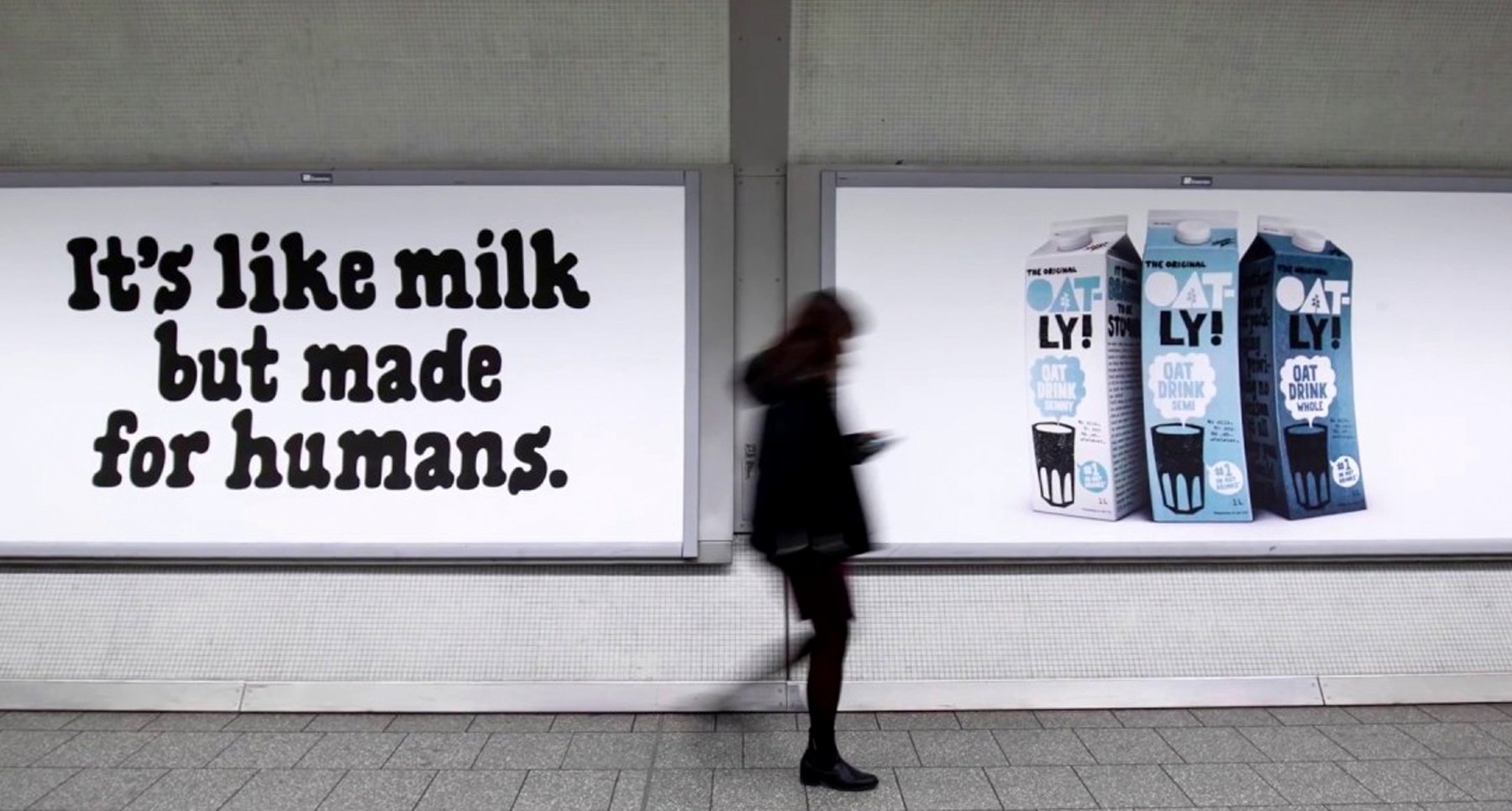
Building a premium brand is dependent on the category you operate in and on the needs of your audience. But once you understand what your target audience really wants and needs from you, you can unlock levels of premiumization that were previously unattainable.
At the end of the day, the actions you take should be authentic to your brand and closely aligned to the Drivers you hope to impact.
If you’re looking to map out your next strategy to make your brand seem more premium, we've included a –step-by-step template as a guide.
Our intelligent platform will take your brand further, faster.
Don’t believe us?
© 2020-2023 ProQuo AI International
All rights reservedWebsite by Blend